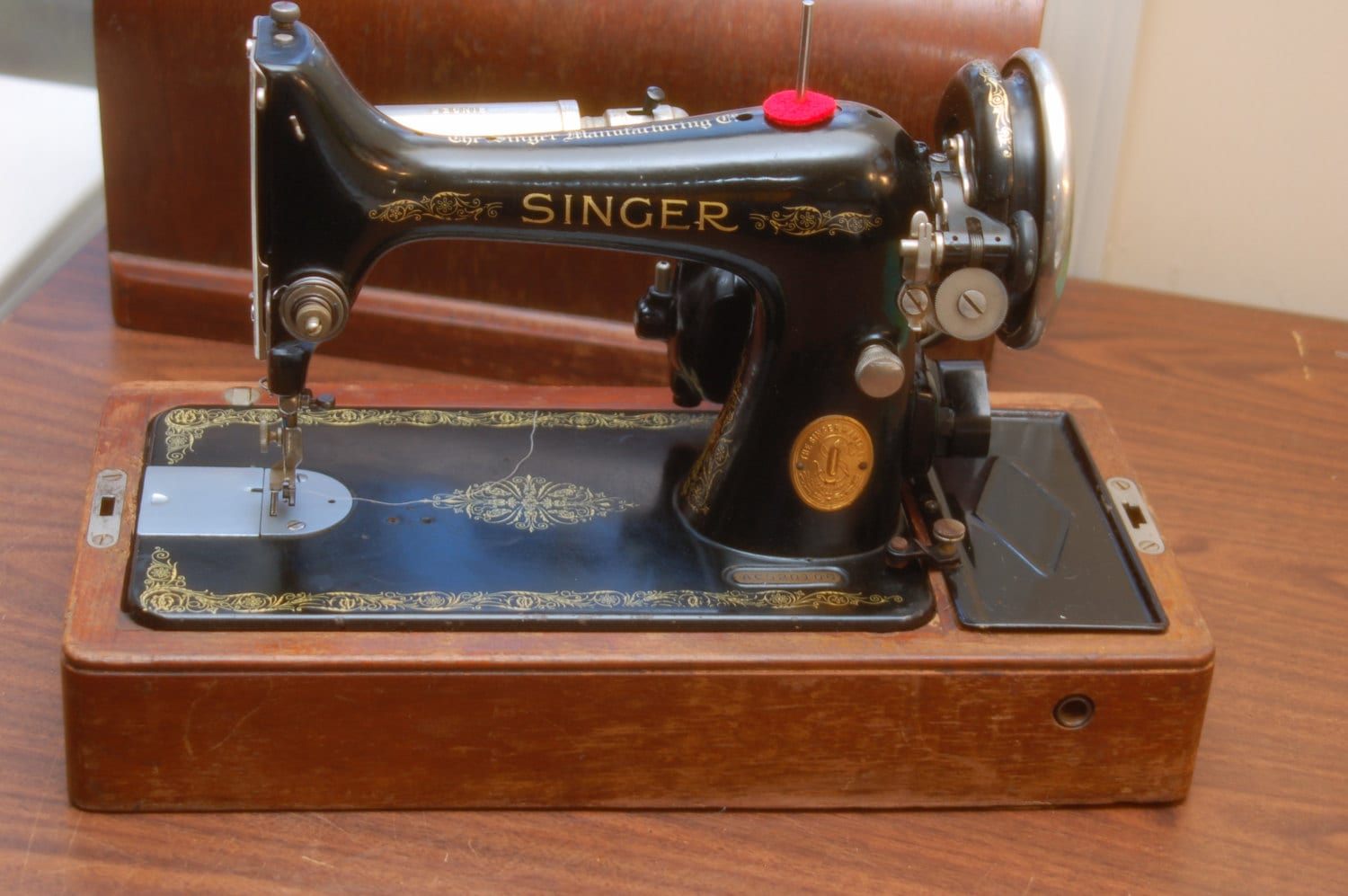Singer Sewing Machine Serial Numbers
 For sewing machines manufactured since about 1990, look for the model number on the handwheel side of the machine near the on/off switch or the electric cord receptacle. Download free paragon partition manager 9 crack download and software 2016. You will find the model number on the front panel of machines manufactured in the 1970s and 1980s. Sewing machines manufactured in the 1960s usually have the model number on the machine's front panel above or below the stitch length controller.
For sewing machines manufactured since about 1990, look for the model number on the handwheel side of the machine near the on/off switch or the electric cord receptacle. Download free paragon partition manager 9 crack download and software 2016. You will find the model number on the front panel of machines manufactured in the 1970s and 1980s. Sewing machines manufactured in the 1960s usually have the model number on the machine's front panel above or below the stitch length controller.
ANTIQUE SINGER SEWING MACHINE 99 1931 SERIAL NUMBER AD416056 & RARE CABINET See more like this SINGER SEWING MACHINE 15-88 OR 15-89 THE SERIAL NUMBER IS AG367190 Pre-Owned. The Magic Sewing Machine by Alex Askaroff No1 New Release on Amazon. A tale for all ages. After 1900 all Singers had a letter prefix before the serial number. (The letter suffix after the model number denotes where the machine was manufactured) For example, Singer model 99k serial number.
On machines manufactured before 1960 the model number is located on a small plate on the front of the machine.
A Singer 1851 Singer's original design, which was the first practical sewing machine for general domestic use, incorporated the basic eye-pointed needle and lock stitch developed by, who won a patent-infringement suit against Singer in 1854. 8294, of August 12, 1851, introduced one of the most useful machines, and one of the most remarkable men, that have figured in the development of the sewing machine. Isaac Merritt Singer, strolling player, theater manager, inventor, and millionaire, brought into the business a new machine and novel methods of exploitation, which gave a powerful impulse to the youthful industry. The Singer improvements met the demand of the tailoring, and leather industries for a heavier and more powerful machine. Singer consolidated enough patents in the field to enable him to engage in mass production, and by 1860, his company was the largest manufacturer of sewing machines in the world. In 1885, Singer produced its first ' sewing machine, an improvement over contemporary designs (see ).

Singer began to market its machines internationally in 1855 and won first prize at the Paris World's Fair. The company demonstrated the first workable electric sewing machine at the Philadelphia electric exhibition in 1889 and began mass-producing domestic electric machines in 1910. Singer was also a marketing innovator and was a pioneer in promoting the use of installment payment plans. Early sales figures [ ] Year 1853 1859 1867 1871 1873 1878 Units 810 10,953 43,053 181,260 232,444 262,316 Source: By 1876, Singer was claiming cumulative sales of two million machines and displaying the two millionth in Philadelphia. Singer in Scotland [ ]. Workers leaving Singer Sewing Machine Factory on Clydebank In 1867, the Singer Company decided that the demand for their sewing machines in the UK was sufficiently high to open a local factory in Glasgow on John Street. Glasgow was selected for its iron making industries, cheap labour and possibly because at the time the General Manager of the US Singer Manufacturing Company was George McKenzie, who was of Scottish descent.
Demand for sewing machines outstripped production at the new plant and by 1873, a new larger factory was completed on James Street, Bridgeton. By now, Singer employed over 2,000 people in Scotland, but they still could not produce enough machines. In 1882, George McKenzie, now President-elect of the Singer Manufacturing Company, undertook the ground breaking ceremony on 46 acres of farmland at Kilbowie, Clydebank. Originally, two main buildings were constructed, each 800-foot (240 m) long, 50-foot (15 m) wide and three storeys high. These were connected by three wings. Built above the middle wing was a 200-foot (61 m) tall clock tower with the 'Singer' name clearly displayed for all to see for miles around. A total of 2.75 miles (4.43 km) of railway lines were laid throughout the factory to connect the different departments such as the boiler room, foundry, shipping and the lines to main railway stations.